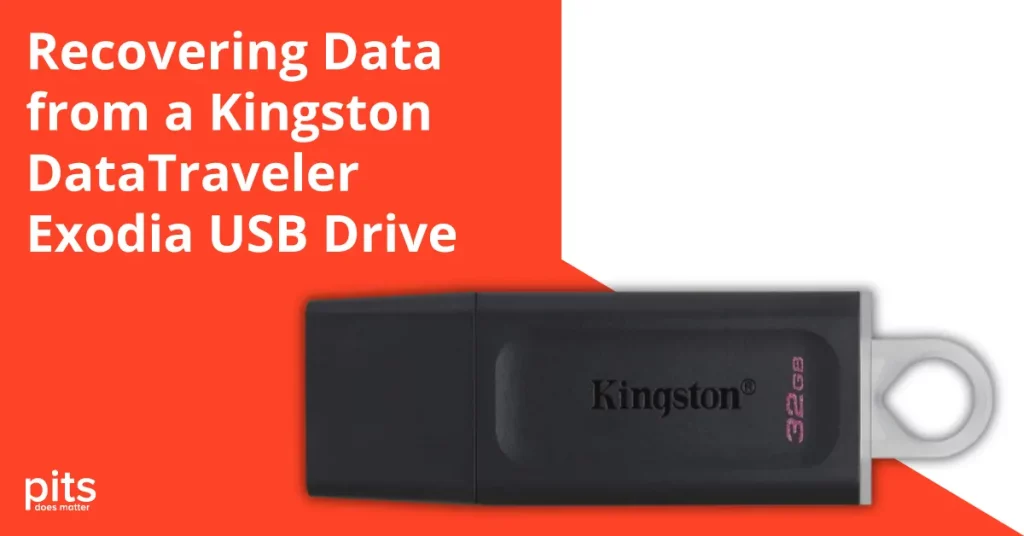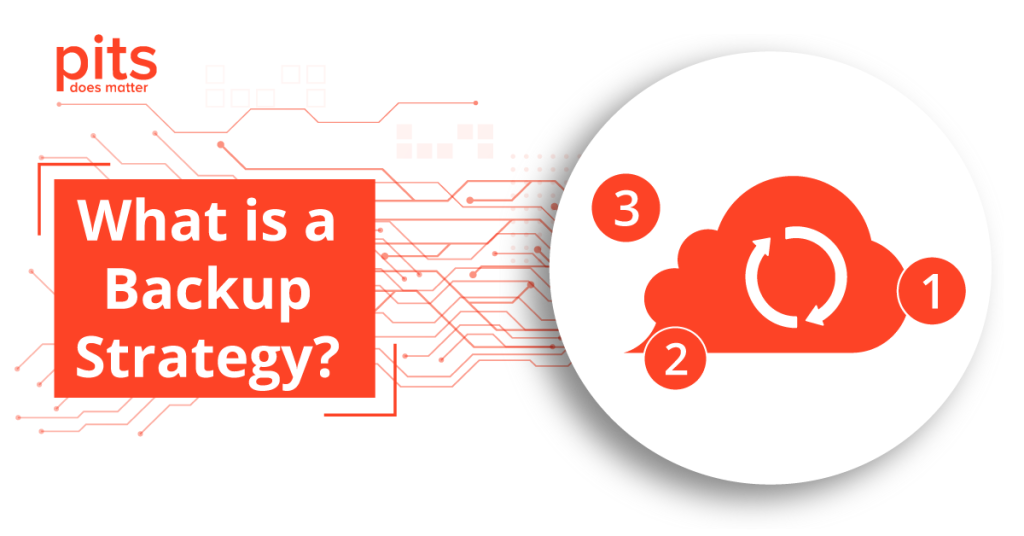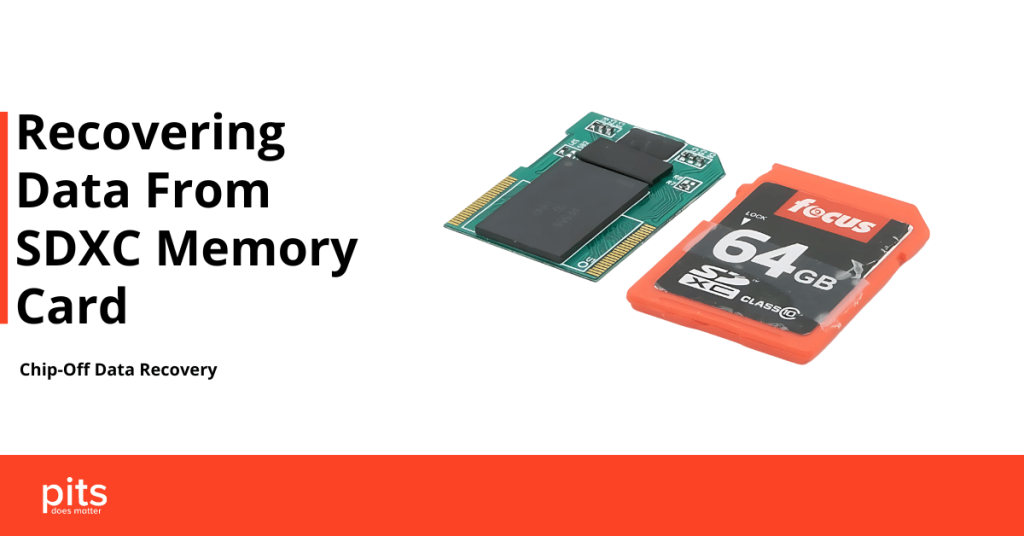Experiencing a hard drive that isn’t showing up can be frustrating and concerning, especially when you need to access important files. There can be various reasons behind this issue, ranging from hardware malfunctions to simple connectivity problems. This article will explore the most common causes of a hard drive not being recognized and provide solutions to help you troubleshoot and resolve the issue.
Check Physical Connections
The first step in troubleshooting a non-recognized hard drive is to inspect the physical connections:
- Cable Connections: Ensure that the SATA or USB cable connecting the hard drive to your computer is securely attached. A loose connection can prevent the hard drive from being detected.
- Power Supply: For external hard drives, verify that they are properly powered. If they have a separate power supply, make sure it’s plugged in and functional.
Test with Another Computer or Port
To determine whether the issue lies with the hard drive or your computer:
- Try a Different Port: Connect the hard drive to a different USB port on your computer. Sometimes, specific ports may be malfunctioning.
- Use Another Computer: If possible, connect the hard drive to another computer. If it shows up there, the issue may be with your original computer’s configuration.
Disk Management Check
If the hard drive is still not recognized, it may not be properly initialized or formatted. Here’s how to check:
- Access Disk Management: Right-click on the Start button and select Disk Management.
- Look for the Hard Drive: If the hard drive appears in the Disk Management window but shows as unallocated, it may need to be initialized or formatted. Caution: Formatting will erase all data on the drive.
Update or Reinstall Drivers
Outdated or corrupted drivers can cause recognition issues:
- Device Manager: Right-click on the Start button and select Device Manager. Expand the Disk drives section.
- Update Drivers: Right-click on your hard drive and select Update driver. Follow the prompts to search for updated drivers.
- Reinstall Drivers: If updating doesn’t work, you can try uninstalling the device and restarting your computer, allowing it to reinstall the necessary drivers automatically.
Check for Hardware Issues
If the hard drive still isn’t recognized, there may be a hardware issue:
- Listen for Sounds: If it’s an external hard drive, listen for unusual sounds like clicking or grinding, which may indicate physical damage.
- Inspect the Drive: For internal drives, ensure they are securely connected to the motherboard. Consider consulting a professional if you suspect hardware failure.
Run Disk Error Checking
Corrupted file systems can prevent your hard drive from being recognized:
- Command Prompt: Open Command Prompt as an administrator and type
chkdsk X: /f(replace X with the letter of the drive you want to check). This command scans and attempts to repair any errors on the disk.
Consider Data Recovery Solutions
If you’ve exhausted all troubleshooting methods and the hard drive is still not recognized, it may be time to consider data recovery solutions. Professional data recovery services can help retrieve important files from malfunctioning drives, but they can be costly.
Conclusion
A hard drive not showing up can stem from various issues, but most can be resolved with systematic troubleshooting. By checking connections, testing with other devices, inspecting Disk Management, updating drivers, and considering hardware issues, you can often restore functionality to your hard drive. If all else fails, seeking professional help may be the best course of action to recover your valuable data.
By following these steps, you can identify the root cause of your hard drive recognition issues and take the necessary actions to resolve them.


